The first time I saw a presentation on the five practices of Kouzes and Posner’s The Leadership Challenge, the presenter chose a well-known leader from business or politics to illustrate each practice.
It was a presentation that ‘stuck’, and I became increasingly fascinated with the five practices as a result.
So who would you choose as your role model for each practice? Here are my picks from five classic movies.
Inspire a shared vision: Gandhi
Great leaders imagine an exciting, attractive future, and that vision really drives their actions. They’re also able to bring people with them by making that vision really come alive.
No one can doubt the clarity of Gandhi’s vision – an independent India – which is shared by many of his contemporaries. What distinguishes Gandhi is his vision for how it can be achieved, through non-violent resistance. Everything Gandhi says and does is in line with his vision, and it’s his unswerving commitment and faith in that vision that draws followers in their millions.
Challenge the Process: Billy Beane, Moneyball
This is all about challenging the status quo – always looking for opportunities to grow, innovate and change. Leaders who do this are always looking to introduce new products, processes or systems, and are willing to take risks in doing so. They’re not afraid to challenge other people or speak their mind.
Challenging the process can often be hardest when you’re in an organisation that’s comfortable with ‘the way we do things’. In Moneyball, Oakland Athletics general manager Billy Beane takes on one such establishment, the world of professional baseball.
Desperate to find a way to complete against his wealthier rivals, Beane puts his reputation on the line by adopting a revolutionary way of recruiting players – one based on statistics rather than conventional assessments on talent or potential. It’s a huge risk and as the team struggles he has to decide whether to really commit to his plan, or whether to quit. But in the end, he takes his team on the longest winning run in baseball history.
It’s a classic example of challenging the way things are conventionally done, and being willing to adopt something new.
Enable others to act: Gene Kranz, Apollo 13
Great leaders make it possible for others to do great work. They give clear direction, share responsibility and ensure people have the skills and resources they need. Most of all, they make people feel confident and capable of achieving.
In Apollo 13, flight controller Gene Kranz and his team face an almost unimaginable challenge: to get their crippled spacecraft back to Earth on less power than it takes to run a vacuum cleaner. Yet Kranz masterfully organises his resources, ensuring his team all know what they need to do, that they’re all ‘working the problem’, and that they’re all focused on a positive goal. Most of all, he instils confidence: ‘we’ve never lost an American in space and we sure as hell aren’t going to lose one on my watch – failure is not an option!’
Model the way: Nelson Mandela, Invictus
Leaders who model the way, walk the talk. Their words and their actions are completely in line. They realise that people look to them for a lead, and act accordingly. It also means that they’re clear about what they stand for in the first place.
Invictus tells the story of the first months of Nelson Mandela’s term as South African President, when Mandela is encouraging his nation to bury their differences and move on to create a new rainbow nation.
But these aren’t just words. For Mandela, forgiveness and reconciliation starts with him. Plenty of his ANC colleagues want to punish white South Africans for years of oppression. But Mandela wants a truly mixed government: he employs white bodyguards alongside his own trusted team and, crucially, he throws his support behind the one thing that white South Africans hold most dear: Springbok rugby.
Encourage the Heart – Andy Dusfresne, The Shawshank Redemption
Encouraging the heart is about showing appreciation and recognition for people’s contributions. Leaders who do this help lift people’s spirits and motivate them to carry on when the going gets tough. They show they care.
In The Shawshank Redemption, wrongly-convicted banker Andy Dusfresne rises above his circumstances to encourage and inspire all those around him – even at great personal risk.
He looks out for opportunities to lift the spirits of his fellow inmates whenever he can. On one occasion, he risks being thrown off a factory roof as he barters with his sadistic guard to exchange free tax advice for a bucket of cold beers for his fellow workers. On another, he locks his guard in the toilet to lift the hearts of all the prisoners by playing a few minutes of opera over the tannoy.
Andy’s ability to uplift and recognise others is also apparent in his relationship to jaded lifer Red, played by Morgan Freeman. When they’re both free, Andy manages to encourage his sceptical friend into seeing that there is a life waiting for him outside prison, coaxing him onto the path to freedom and, ultimately, redemption.
So what about you? Who do you think role models the five practices of the Leadership Challenge in the movies?
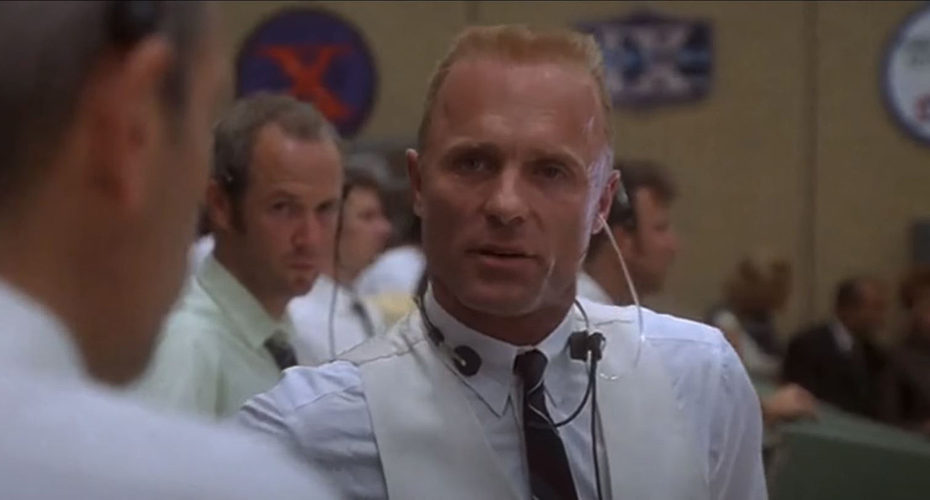
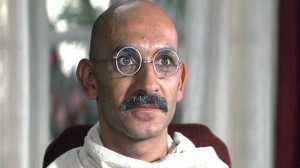
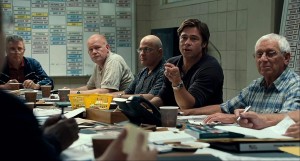
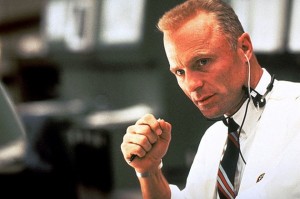
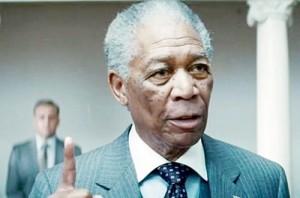
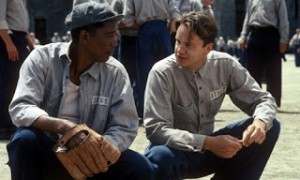
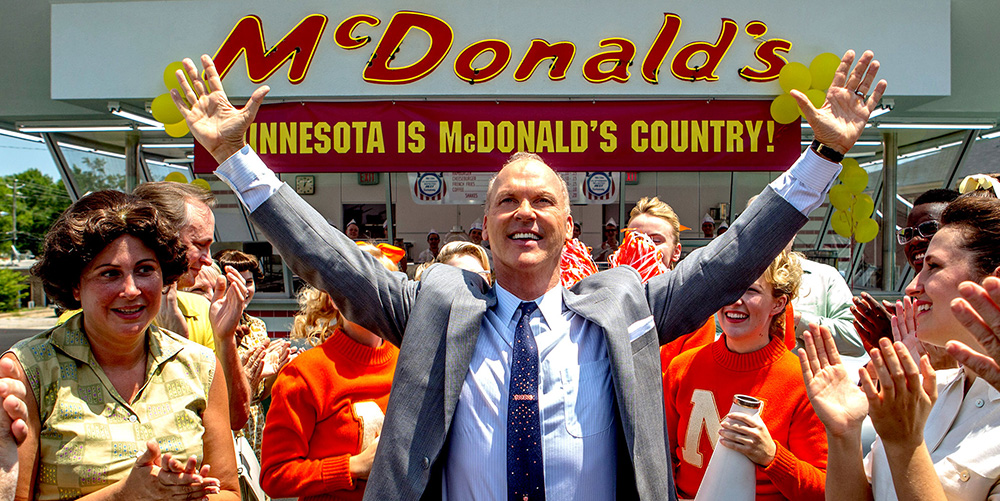
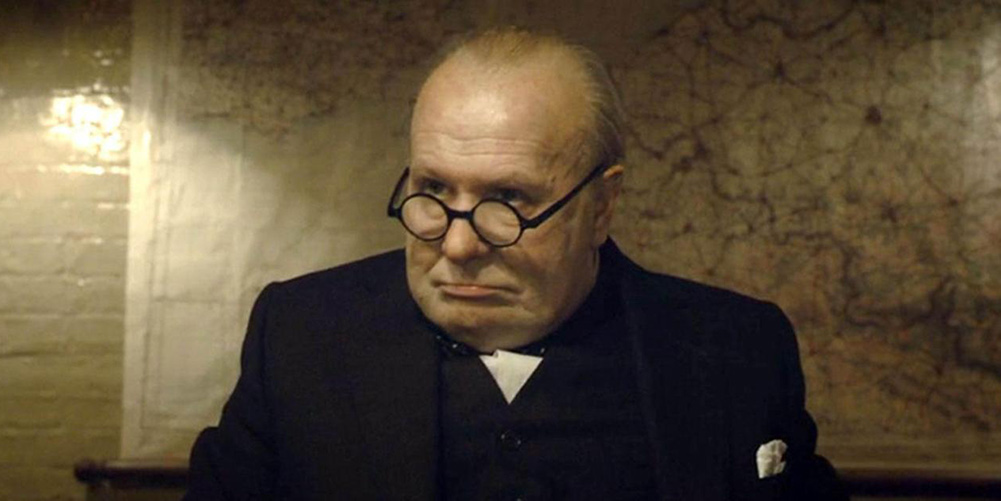
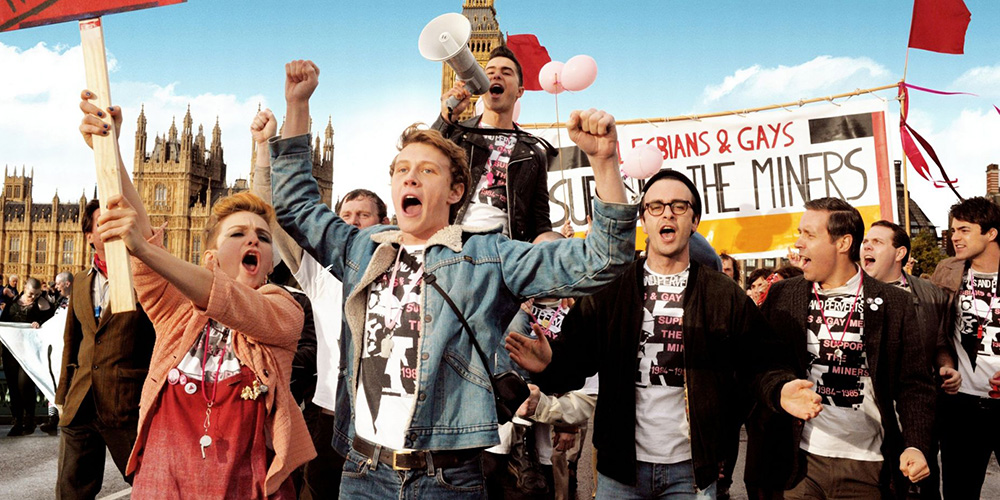
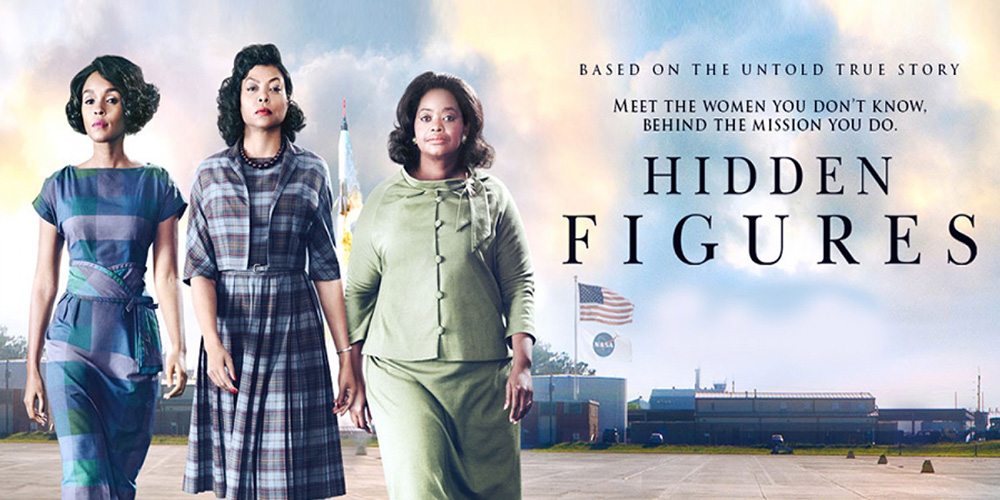
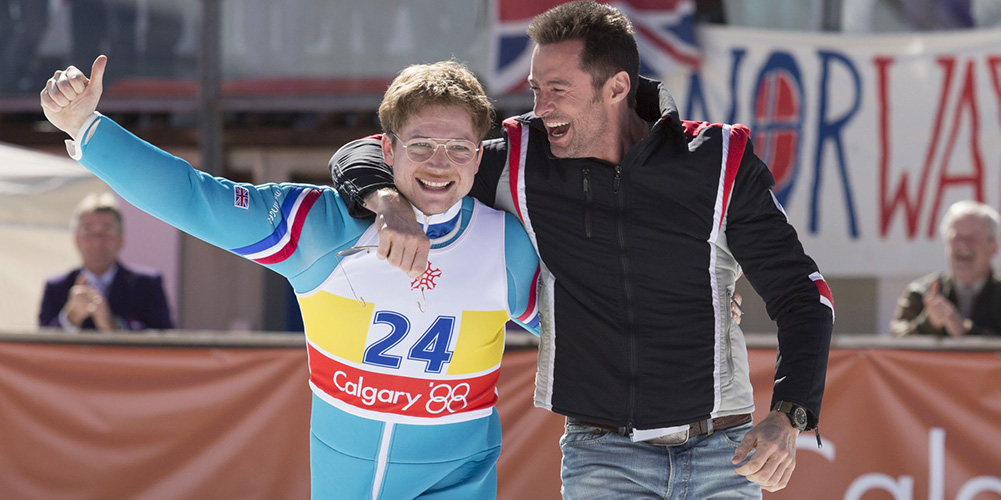
Hi Dave. I love the concept. I love your work and how you have it structured. Do you use it in training? If yes, how do you get around copyright issues with film and studios? Thanks, Joel
P.S. do not panic. I am a trainer. Joel
H Joel,
Thanks for the feedback, and really sorry for the late response. I don’t personally use clips in training as I’m not a trainer, but I advise others who do. And yes, it’s important to stay legal! It’s quite easy to get a licence to show movie clips for training purposes, and the costs are quite reasonable. If you’re interested in doing this, I’d recommend visiting the Motion Picture Licencing Corporation (www.mplc.com) who work with the vast majority of the studios to provide an umbrella licence which allows all kinds of different companies/organisations to show clips legally and with minimal fuss. I’ve been in touch with them recently and they were very helpful. If you work in a school or university, it’s possible you’ll be exempt anyway from the need to have a licence, but it’s best to check depending on what you’re specifically planning to do. Hope that helps!